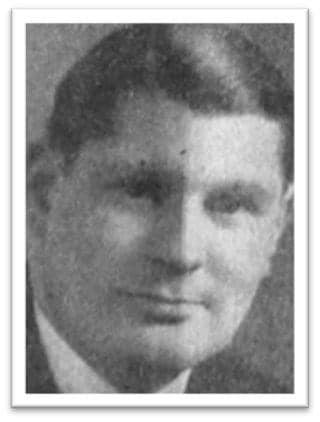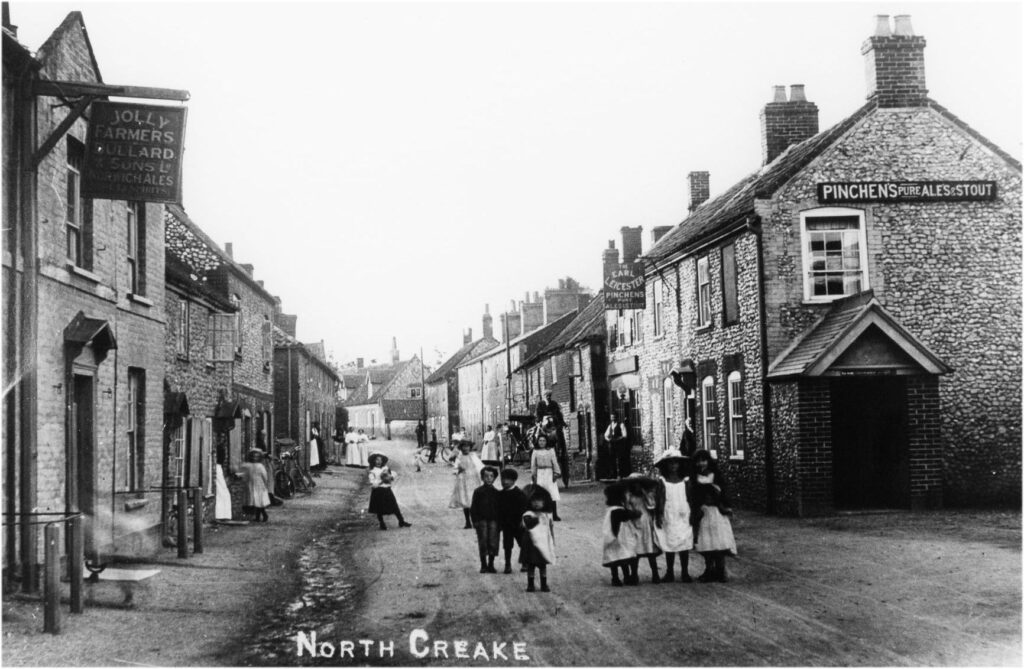Through the Workhouse
Edited from an article that appeared in the Bacup Times January 31st 1903. Visit To Pikelaw-By Hurdles Wood Sorting Fibres For Beds Descending a short stairway, we find ourselves in a square cellar where was stacked a large heap of fibres. Seated on forms were several men engaged in the picking of this fibre, […]
Through the Workhouse Read More »









